The "four soulful questions" of three-dimensional cell culture, with the last question being particularly crucial~
- Categories:Company News
- Author:CytoNiche
- Origin:CytoNiche
- Time of issue:2024-01-26
- Views:312
(Summary description)3D FloTrix® vivaPREP PLUS Cell Harvesting System achieves a new breakthrough in both "quality" and "quantity" of the cell harvesting process.
The "four soulful questions" of three-dimensional cell culture, with the last question being particularly crucial~
(Summary description)3D FloTrix® vivaPREP PLUS Cell Harvesting System achieves a new breakthrough in both "quality" and "quantity" of the cell harvesting process.
- Categories:Company News
- Author:CytoNiche
- Origin:CytoNiche
- Time of issue:2024-01-26
- Views:312
What is three-dimensional cell culture?
Three-dimensional cell culture is a method distinct from traditional two-dimensional cell culture, which better simulates the growth and interactions of cells in three-dimensional space within the body.
In two-dimensional culture, cells grow on the flat bottom or surface of the culture dish, typically forming a flat monolayer.
In contrast, three-dimensional culture mimics a more realistic cellular microenvironment, allowing cells to grow in three-dimensional spatial structures of the scaffold, enabling growth in various directions, similar to their growth in vivo.
Three-dimensional culture techniques not only retain the material and structural basis of the cellular microenvironment in vivo but also demonstrate the advantages of the intuitive nature and controllability of cell culture conditions.
Why Adopt Three-Dimensional Cell Culture?
1:Enhanced physiological relevance in research:
Three-dimensional cell culture provides a better mimicry of the three-dimensional microenvironment of cells in vivo, including cell-cell interactions, cell-matrix interactions, and the spatial distribution of cells. Cells in this environment are more likely to exhibit natural morphology, function, and signal transduction, closely resembling physiological conditions in vivo. This aids in a more accurate understanding of physiological and pathological processes.
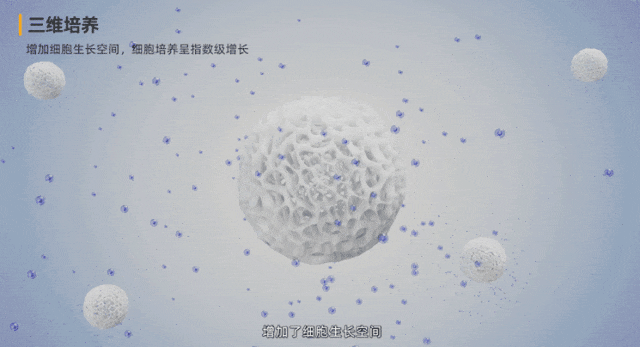
Illustration: Cells uniformly adhere within the pores of the 3D microcarrier and grow in a three-dimensional structure.
2:Better simulation of tumor microenvironment:
For tumor research, three-dimensional cell culture better replicates the complexity of actual tumor tissue, including spatial arrangement of cells, cell-matrix interactions, etc., aiding in the study of tumor growth, spread, and treatment response.
3:Improved suitability for drug screening:
Due to its closer resemblance to in vivo conditions, three-dimensional culture offers higher predictability in drug screening. Testing drugs in a three-dimensional environment may better reflect their effects in vivo, thus enhancing the success rate of drug development.
4:Applications in tissue engineering and regenerative medicine:
Three-dimensional cell culture finds widespread applications in tissue engineering and regenerative medicine, aiding in the construction of more complex and functional tissue structures, offering possibilities for tissue repair and replacement.
How to Achieve Large-Scale Three-Dimensional Cell Culture?
1:Select Appropriate Cell Lines:
Ensure the selection of cell lines suitable for three-dimensional culture, considering aspects such as cell affinity, proliferation rate, interactions between different cell types, etc.
2:Choose Suitable Cell Scaffolds:
Three-dimensional cell culture typically requires scaffolds or matrices to provide surfaces for cell attachment. Scaffold materials can be biodegradable or synthetic, depending on experimental requirements.
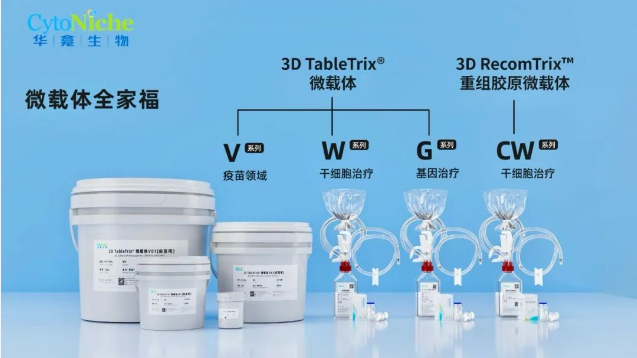
Example: HuaGan Biosciences' Original 3D Microcarriers (Click the image to view the latest release of the [Full Line 3D Microcarriers Introduction] video)
3:Design Culture Media:
Design appropriate culture media for three-dimensional culture to provide cells with necessary nutrients, growth factors, and other essential conditions. Selecting suitable, high-quality culture media can significantly enhance cell culture efficiency and reduce the unit manufacturing cost of bioproducts.
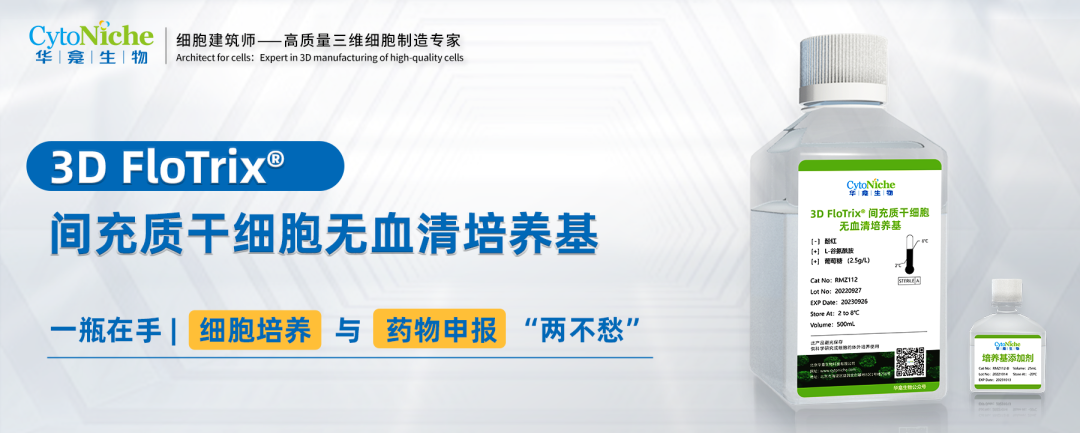
4:Sterilization and Clean Operations:
Maintaining the sterility of the culture environment is crucial to prevent contamination by bacteria, fungi, or other microorganisms. Using fully enclosed disposable sterile consumables ensures effective sterile assurance during both culture and operation processes, reducing the risk of contamination and avoiding cross-contamination.


vivaSPIN生物反应器耗材包 vivaEXO外泌体收获系统PUR模块
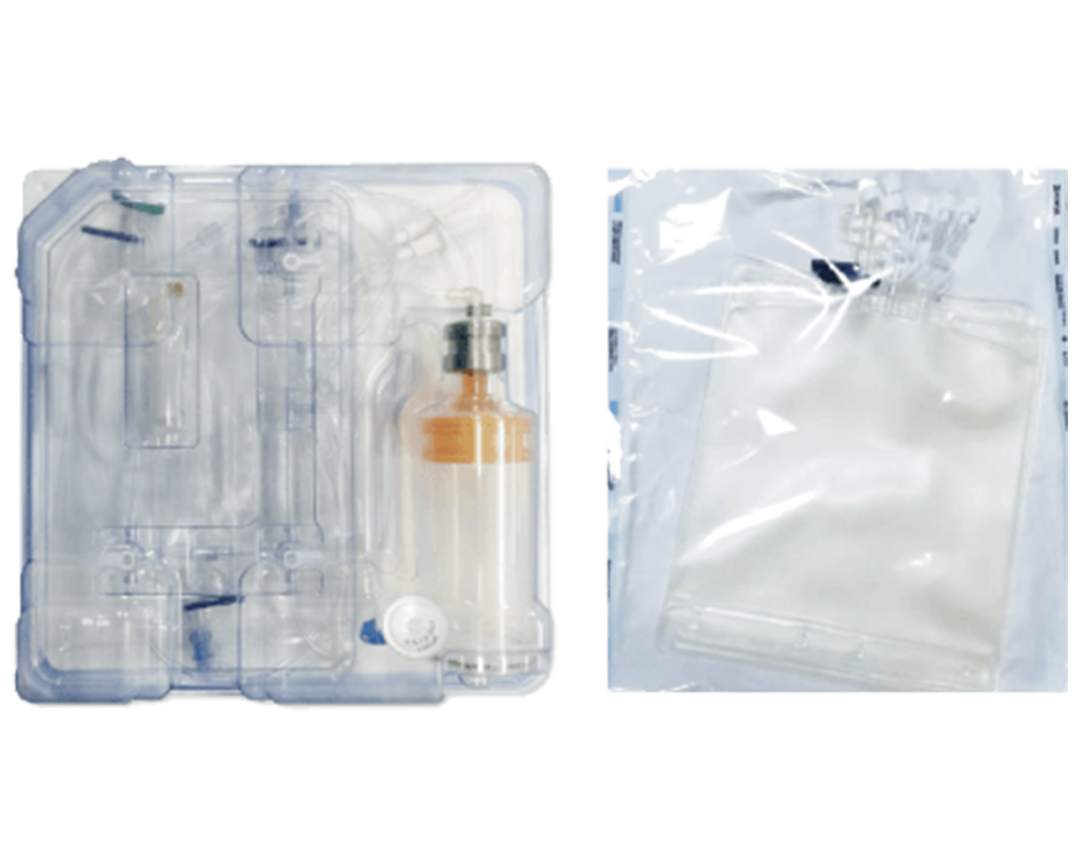
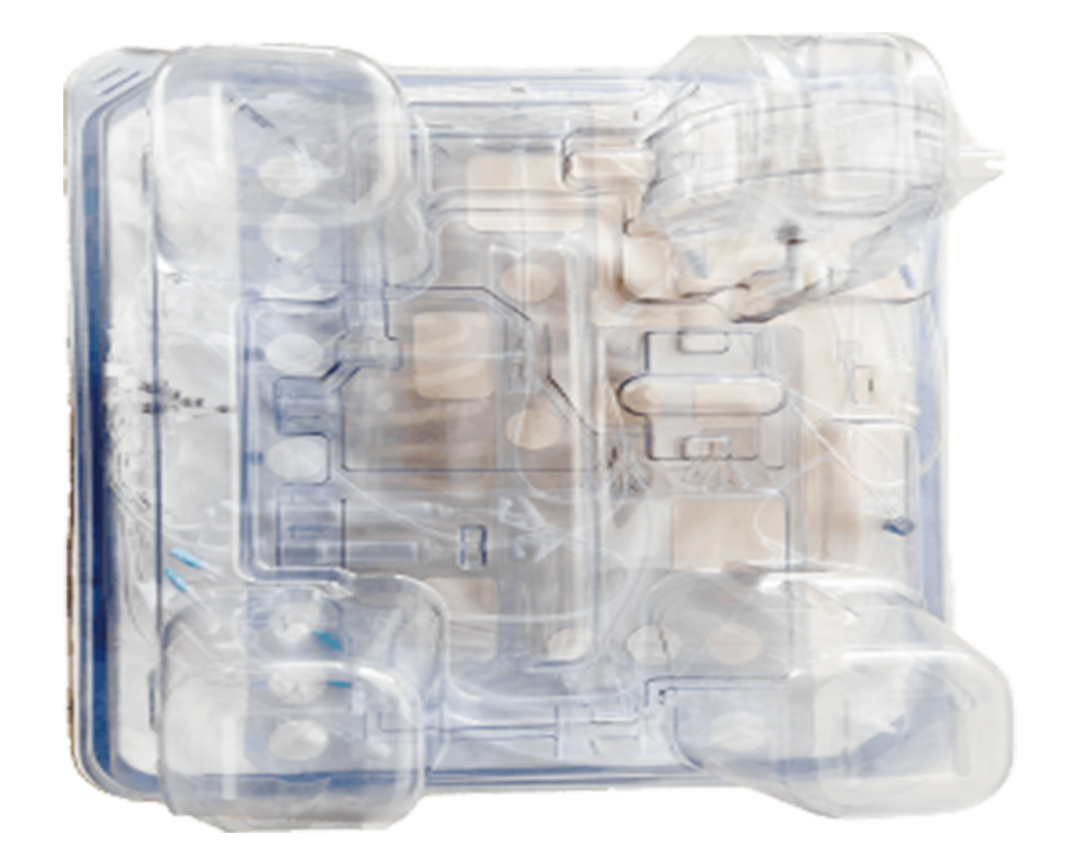
vivaPREP细胞收获系统 耗材包 vivaPREP PLUS细胞收获系统 耗材包
Example: HuaGan Biosciences Fully Enclosed Consumables (Partial)
5:Scalable Equipment and Facilities:
Large-scale culture requires specialized bioreactors or fermenters. Ensure sufficient cultivation space, agitation equipment, temperature control systems, and other necessary facilities.

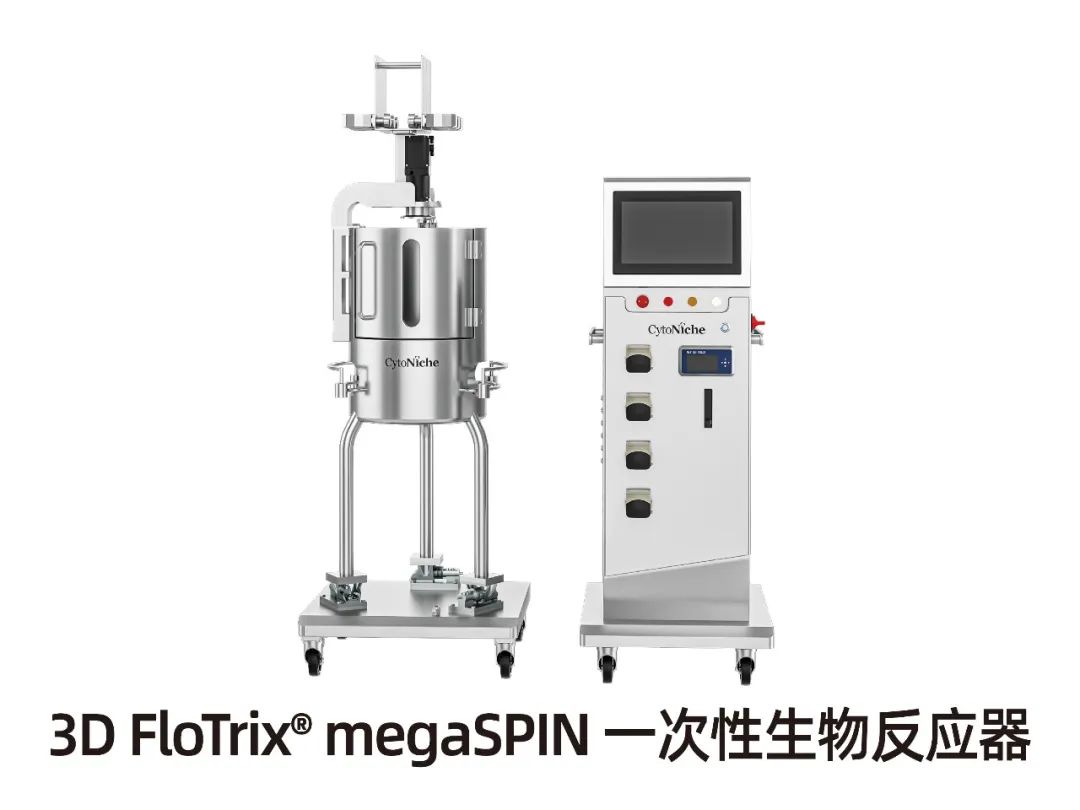
6:Maintain Optimal Environmental Conditions:
Maintaining appropriate temperature, nutrients, gas, and pH levels is crucial for cell growth and differentiation. Automated systems can help stabilize these parameters.

Example: Setting Various Conditions with 3D FloTrix® vivaSPIN Automated Bioreactor (Click the image to view details)
7:Monitoring and Control:
Real-time monitoring of cell status in the culture system, using appropriate sensors and control systems to adjust culture conditions. This allows for timely monitoring and alerts of contamination risks, ensuring optimal cell growth conditions.
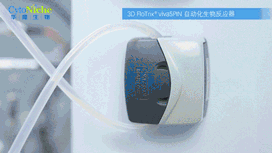
Example: 3D FloTrix® CELL PRO Live Cell Online Monitoring System & PECALS® Control System, with Remote Operation Capability (Click the image to view details)
8:Harvesting and Processing:
When the culture reaches the desired cell density and status, cell harvesting procedures (including cell concentration, washing, resuspension, etc.) and aseptic filling of preparations are necessary to ensure consistent, stable, and safe cell product quality.
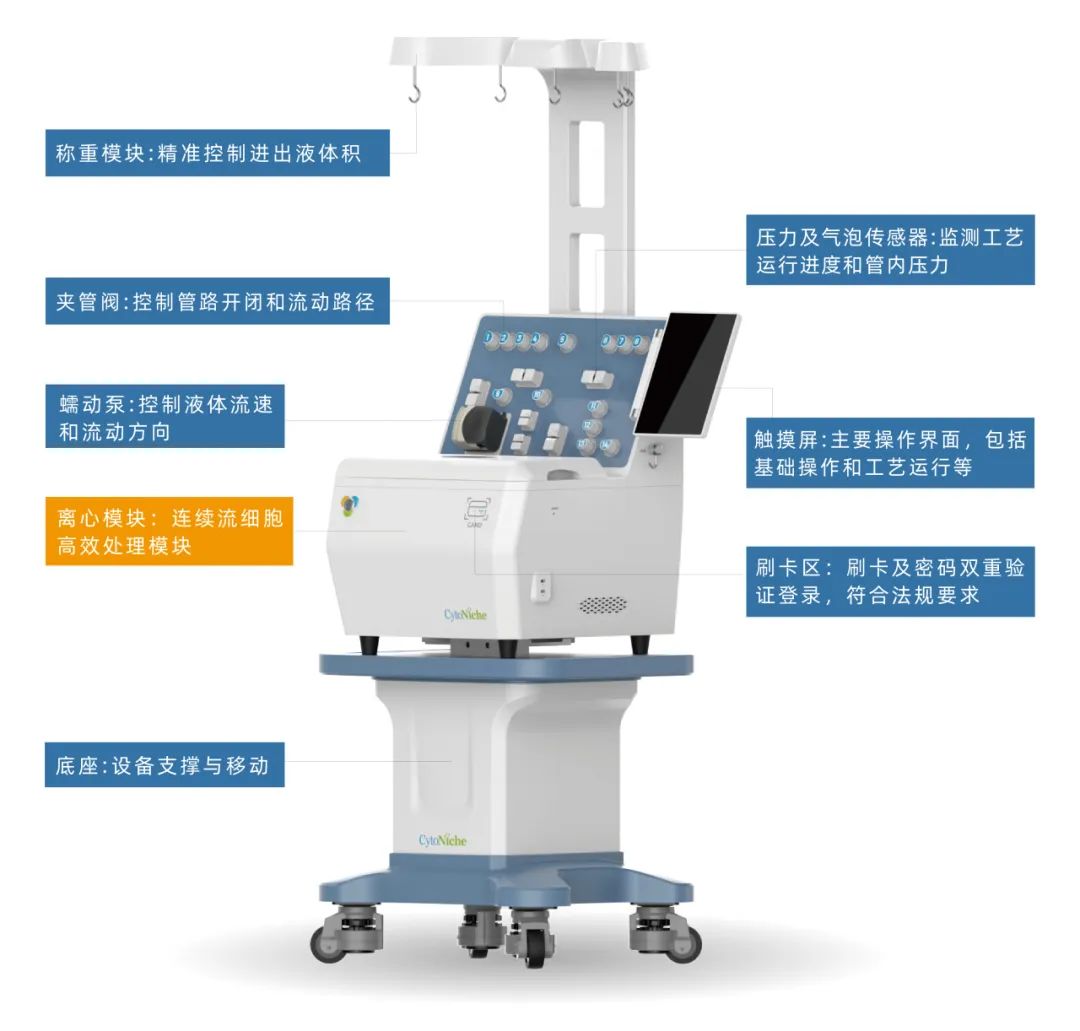
Example: 3D FloTrix® vivaPREP PLUS Cell Harvesting System (Click the image to view details)
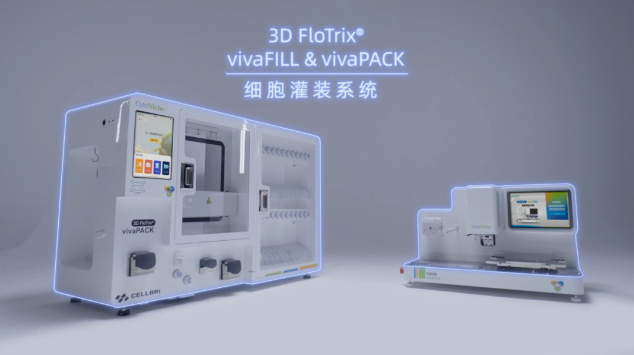
Example: 3D FloTrix® vivaFILL & vivaPACK Cell Filling System (Click the image to view details)
Who Can Provide Products and Technologies for Large-Scale Three-Dimensional Cell Culture?
Contact the high-quality expert in three-dimensional cell manufacturing—HuaGan Biosciences—right away,to help you achieve large-scale three-dimensional cell culture,and "overtake" on the road to industrialization development!
[About CytoNiche]
CytoNiche was established in 2018, led by Professor Yanan Du's research team from the School of Medicine at Tsinghua University, with Tsinghua University as a shareholder. The core technology originated from the transformation of scientific achievements at Tsinghua University and was recognized as a leading technology in "Science and Technology Innovation in China" by the China Association for Science and Technology. As a national-level high-tech enterprise, a national-level specialized and new technology "Little Giant" enterprise, a potential unicorn enterprise, it has also received key research and development special support from the Ministry of Science and Technology.
As an expert in high-quality three-dimensional cell manufacturing, CytoNiche provides a one-stop customized solution for cell scale-up based on 3D microcarriers. The company has built an original 3D cell smart manufacturing platform, achieving large-scale, automated, intelligent, and closed-cell drug and derivative production preparation. This helps global customers establish the most advanced cell drug production lines. After pioneering the production process pipeline for "billion-level" stem cells, the company is accelerating towards "hundred billion-level," dedicating efforts to empower the cell and gene therapy industry with 3D cell scale-up smart manufacturing technology to benefit more patients.

Scan the QR code to read on your phone
-
Phone
- Service hotline+86 400-012-6688
-
E-mail
- E-mailwangal@cytoniche.com
- TOP



 京公网安备 11010802037749号
京公网安备 11010802037749号
